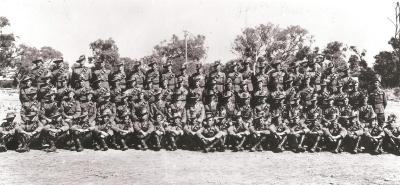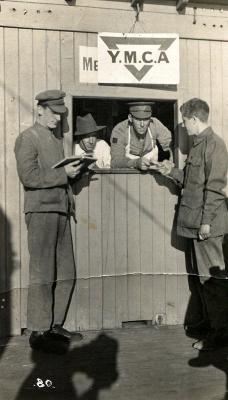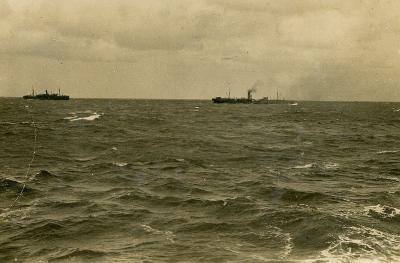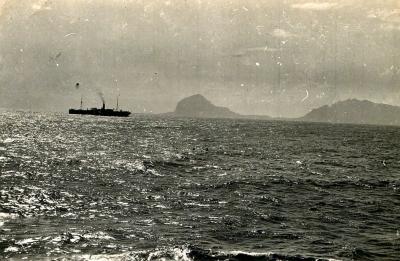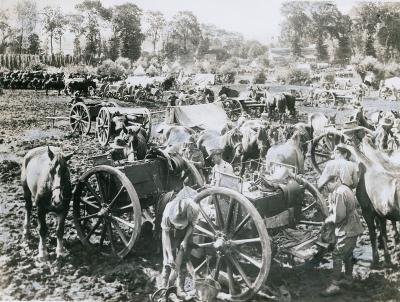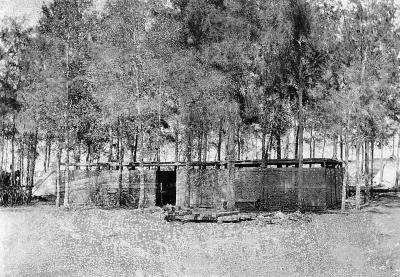Vickers Medium Machine Gun (MMG)
The Vickers machine gun, also known as the Vickers gun, was a well-known British designed machine gun that saw extensive use during the early 20th century, including both World Wars Korea and Malaya.
The Vickers machine gun was chambered for the .303 British cartridge, which was the standard ammunition used by the Australian Army at the time. The Vickers gun operated on the principle of recoil, using a locked-breech, short-recoil action. It featured a heavy barrel that was water-cooled to prevent overheating during sustained fire. It had a cyclic rate of fire of approximately 450 to 500 rounds per minute. However, the gun was typically fired in short bursts or single shots to conserve ammunition and prevent overheating.
The Vickers gun used a fabric belt feed system to deliver ammunition to the weapon. The fabric belts could hold up to 250 rounds and were loaded into a metal feed block attached to the gun. The gun featured adjustable iron sights, including a front post sight and a rear aperture sight, which allowed for accurate aiming at various ranges.
The Vickers gun was heavy weighing around 33 kilograms without its tripod. It was typically mounted on a tripod for stability and could be disassembled into several parts for transport. The gun's tripod provided a stable platform for firing and was designed to be easily adjustable and manoeuverable It allowed for both traverse (horizontal movement) and elevation adjustments, enabling the gunner to engage targets at different angles.
The effective range of the Vickers gun was approximately 800 to 1,200 meters, although it could engage targets at longer distances with indirect fire when used in a sustained fire role. The Vickers gun was known for its reliability and durability, even under adverse conditions. Its robust design and use of water-cooling helped maintain a consistent rate of fire and prolonged the barrel's lifespan. The Vickers machine gun was primarily used as a medium machine gun, providing sustained fire support for infantry units. It could also be deployed in various other roles, such as anti-aircraft and anti-vehicle fire when mounted on appropriate mounts.
During World War 1, the Australian Army used the Vickers Mk. I MG built in Britain and supplied to the Australian forces. The Machine Guns were originally part of the Infantry Battalions. They were subsequently formed into Machine Gun Companies (around 1916) and then Machine Gun Battalions (in 1918).Both Infantry and Cavalry used the Vickers MG; although the Light Horse units will have also used the lighter Hotckiss MG as well. During World War 1, there were 25 MG companies and later 5 MG Battalions together with 8 MG Squadrons in the Australian Imperial Force.
MG units were disbanded after with Great War and the weapons were returned to Infantry Battalions and Cavalry Regiments. During the inter-war period, Australia began to manufacture her own Vickers MGs at the Lithgow Small Arms Factor. These included the Mk. I and these were used alongside the existing British-supplied guns.
During World War 2 machine guns were again brigaded into single formations to provide better flexibility and improved performance. However, unlike the British Army, some Infantry Battalions retained their MG Companies and the Divisional MG Battalions provided additional support. This meant that the maximum possible number of Vickers MGs within an Australian Infantry Division was much greater than that of the equivalent British formation.
The Australian Army used considerable numbers of Vickers MGs within their Infantry Battalions in Korea. The guns were ideal for dominating the difficult terrain over which the fighting took place. The Vickers was gradually replaced in the Australian Forces during the 1950s and 1960s. With the Australian involvement in South Vietnam, they used American-supplied M60 7.62mm General Purpose Machine Guns.
MMGs were formed into Platoons of the Support Company of an Infantry Battalion after the Second World War. This was commanded by a Captain and there were three sections of two guns each. Each section, and the platoon headquarters, was transported in a jeep and trailer. The guns were served by three gun numbers, rather than the five per gun in the Second World War.
Details
Details
The Vickers Machine Gun display at the Army Museum commemorates the service of 2/4th Machine Gun Battalion. The unit was raised for service with Second Australian Imperial Force (2nd AIF) with personnel were largely drawn from Western Australia. The battalion concentrated near Perth for basic individual training before moving to the Adelaide Hills to complete more advance manoeuvres.
In late 1941, the unit was deployed north to Darwin in the Northern Territory, where they undertook garrison duties in the weeks following Japan's entry into the war. Following Japanese landings in Malaya, the 2/4th embarked from Darwin and were transferred to Malaya, arriving in Singapore in the final days of the fighting on the peninsula. The battalion was hastily deployed—in the north-western sector of the island. The battalion were heavily engaged around the landing beaches and over the course of the week were pushed back towards the city of Singapore. They suffered heavy casualties during this time, before subsequently becoming prisoners of war after the fall of Singapore.
Meanwhile, a detachment of about 100 men from the battalion, who had been left behind in Australia when it deployed to Singapore, also took part in the fighting on Java. After a brief campaign, the majority of these personnel were taken into captivity in mid-March 1942,
During the fighting, out of a total of 976 men deployed, the battalion lost 137 men killed in action and 106 wounded,. A total of 808 men were taken into captivity, and 263 died while prisoners of war.
Further exhibits relating to the 2/4th Machine Gun Battalion may be found in the entrance to the World War 2 Gallery and the Prisoner of War Gallery. A replica forms part of the equipment display on the Bren Gun / Universal Carrier, a large technology object on external display.
Open in Google Maps
Nearest geotagged records:
- Motorised Submersible Canoe "Sleeping Beauty" (0.01km away)
- Vietnam Era, Australia, Western Australia, Fremantle, Artillery Barracks. 1969 (0.01km away)
- Diorama - Kokoda Track, Papua New Guinea 1942 (0.01km away)
- Honour Roll- Loyal Orange Institution (0.01km away)
- Diorama - 10 Light Horse and "The Great Ride" (0.02km away)
- 120 mm Battalion Anti-Tank Recoiless Gun (0.02km away)
- Watercolour of HMT Ascanius (0.02km away)
- Watercolour of SS Ashburton, 1913 (0.02km away)
- Watercolour of SS Waratah, 1909 (0.02km away)
- Watercolour of SS Kyarra (0.02km away)
View all geotagged records...
Australian Army Museum of Western Australia
Australian Army Museum of Western Australia
Other items from Australian Army Museum of Western Australia
- MG 08 Machine Gun and Sight
- "Big Bertha" 70 Ton Press from Sheridan's badges
- Water Displacement 40 (WD-40)
- World War 2, Australia Western Australia, 10 Australian Light Horse, 1940
- World War 2, Australia Western Australia, 16 Battalion, CHAPPELL, 1940
- World War 1, Australia Victoria Melbourne, RILEY, Chaplaincy, 1917
- World War 1, Europe, RILEY, Chaplaincy, 1917
- World War 1, Europe, RILEY, Chaplaincy, 1917
- World War 1, Africa Mauritius Island , RILEY, Chaplaincy, 1917
- World War 1,Europe, 1918
- World War 1, Middle East Egypt, 12 Battalion, 1916
- World War 1, Middle East, 12 Battalion, 1916

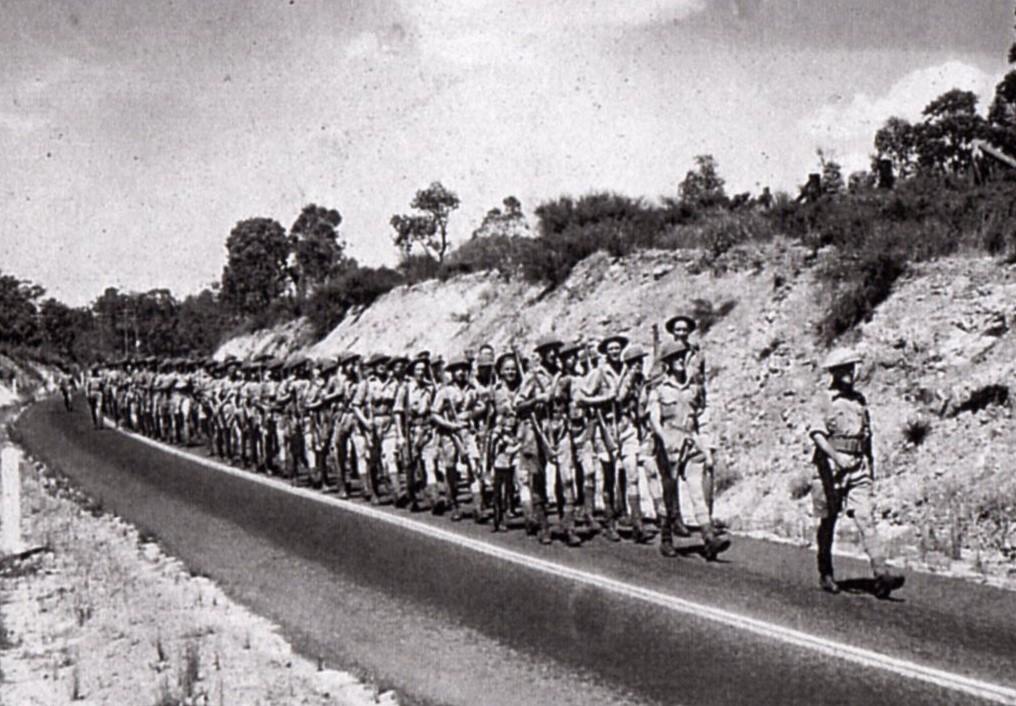
Scan this QR code to open this page on your phone ->




